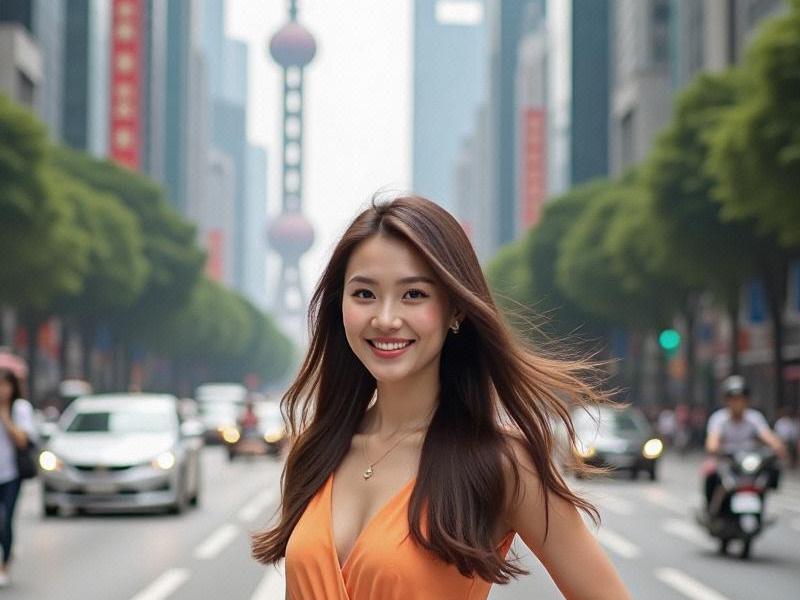"The Shanghai Aesthetic: How China's Fashion Capital Redefines Modern Femininity"
⏱ 2025-07-07 15:48 🔖 上海龙凤419
📢0℃

Cultural Evolution
Historical context:
• 1920s: Qipao modernization
• 1980s: Western influence adoption
• 2000s: Korean/Japanese trend absorption
• 2020s: Distinct Shanghai aesthetic emergence
Style Characteristics
Signature elements:
• East-West fusion outfits
• Bold color combinations
• Architectural hairstyles
• Minimalist makeup with statement accents
Economic Drivers
上海贵族宝贝sh1314 Beauty industry impact:
• ¥87 billion annual spending
• 23% premium cosmetics market share
• 14% annual growth in beauty tech
• 47 local beauty brands going global
Digital Influence
Social media transformation:
• 68% of fashion influencers based in Shanghai
• Average 2.7 beauty apps per user
• Live-streaming beauty commerce up 320%
• Virtual try-on adoption at 89%
Career Women
上海娱乐联盟 Professional style codes:
• Power dressing with cultural motifs
• "Stealth wealth" accessories
• Office-to-evening adaptability
• Confidence as key accessory
Cultural Preservation
Traditional elements revival:
• Modernized hair ornaments
• Contemporary cheongsam designs
• Heritage craftsmanship in accessories
• Feng Shui color principles
Global Impact
爱上海 International recognition:
• 12 Shanghai-born designers at Paris Fashion Week
• 8 local beauty brands in global markets
• Shanghai street style featured in Vogue 19 times
• "Shanghai Chic" becoming exportable concept
Future Projections
2025-2030 trends:
• Increased sustainability focus
• Tech-enhanced beauty routines
• Personalized genetic cosmetics
• Cultural confidence strengthening
Shanghai women continue to craft a unique aesthetic language that balances global sophistication with Chinese cultural roots, creating what fashion experts now call "the most influential regional style in Asia."
Shanghai After Dark: How Luxury Entertainment Venues Are Redefining Urban NightlifeDelta Dynamics: How Shanghai's Economic Gravity is Reshaping the Yangtze River Basin"From Water Towns to Smart Cities: The Cultural DNA Reshaping Shanghai's Metropolitan Identity"Greater Shanghai 2025: The Making of a Global MegalopolisShanghai Beauties: A Modern Portrait of Elegance and BeautyNeon Dragon: The Reinvention of Shanghai's Entertainment Club Industry in the Post-Pandemic EraQuantum Leap: How Shanghai and Its Satellite Cities Are Rewriting the Rules of Regional DevelopmentShanghai: A Vibrant City of Diversity and Innovation"Shanghai's New Femininity: How Urban Women Are Redefining Chinese Modernity"The Shanghai Nexus: When One City Becomes Thirty

